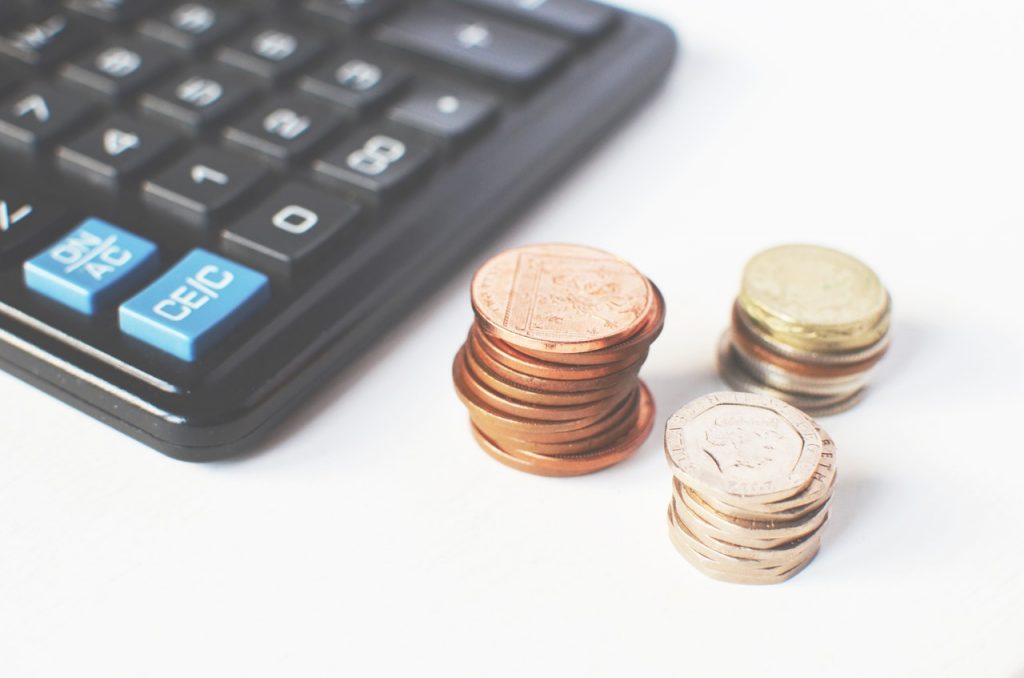
How to Calculate Depreciation of a Car Following an Accident
If you’ve ever purchased a new or used car from a car dealership, you’ve probably heard someone say “your car begins losing value as soon as you leave the lot”, which technically is true, but how are you ever supposed to figure out how much value is lost? Even further, how are you supposed to figure out how much value your car has lost after having an accident? If you suffered car accident injuries, you are going to want a reimbursement estimate as soon as possible.
Before we can properly explain how you can calculate the lost value, we should get familiar with what exactly depreciation is.
Depreciation, which is sometimes referred to as diminished value, is the value lost between the value your vehicle held when it was first purchased, and the value it has lost purely because of use, as your car loses value from everyday wear and tear it endures while getting you around.
The rate at which your car’s value depreciates relies on a few different factors, like the make and model year, your travel habits, your maintenance habits, and the condition the vehicle was in when you purchased it. For instance, although your car isn’t brand new, by staying up to date with maintenance, you can drastically lessen how much value you lose to depreciation. Owning a car is costly, no matter what, but taking your car into the mechanic or dealership for a regular workup can save you money in the long-run, despite costing you upfront.
Now that we have a better idea as to what exactly depreciation is, we can talk about how you can calculate the value lost after a car crash.
The easiest way to figure out the sale value is by using a website like NADA or Kelley Blue Book, where you can plug in the basic information about your car and they’ll show you the rough trade-in value, the average trade-in value, the clean trade-in value, and the clean retail value.
You will start by entering some information about your car, likely starting with the make, model, year, and mileage. While you are finding the estimated value of your vehicle from when you first purchased it be sure to include all the special features. This step is important because special features can be different between models, even if they were released close to one another. Be sure to document everything your car has like a backup camera, a built-in navigation system, or a sunroof—all of which will affect the value of your car.
Next, you’ll subtract 33% from the sale value, which provides you with a rough estimate of your car’s value following the accident.
After determining your vehicle’s post-accident value, subtract that from the vehicle’s sale value and this should give you an approximate estimate of the loss, otherwise known as the diminished value.
For instance, if your car was placed at an estimated value of $7,200, your formula would look like this: $7,200-($7,200 x .33)= $4,824.
This formula is a useful starting point, but it does not replace having your vehicle looked at and accurately valued by a professional, especially if you still plan to drive the car following your accident.
If it turns out that the damage done to your car during the accident is too extensive and you find yourself in the market for a new vehicle, keep an on on the ever-changing prices at dealerships near you. Your best bet will likely be to wait until the end of the year so you can score on some end-of-year car plate deals where you can save yourself thousands of dollars.
